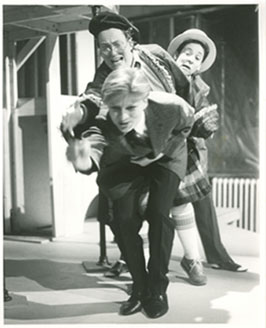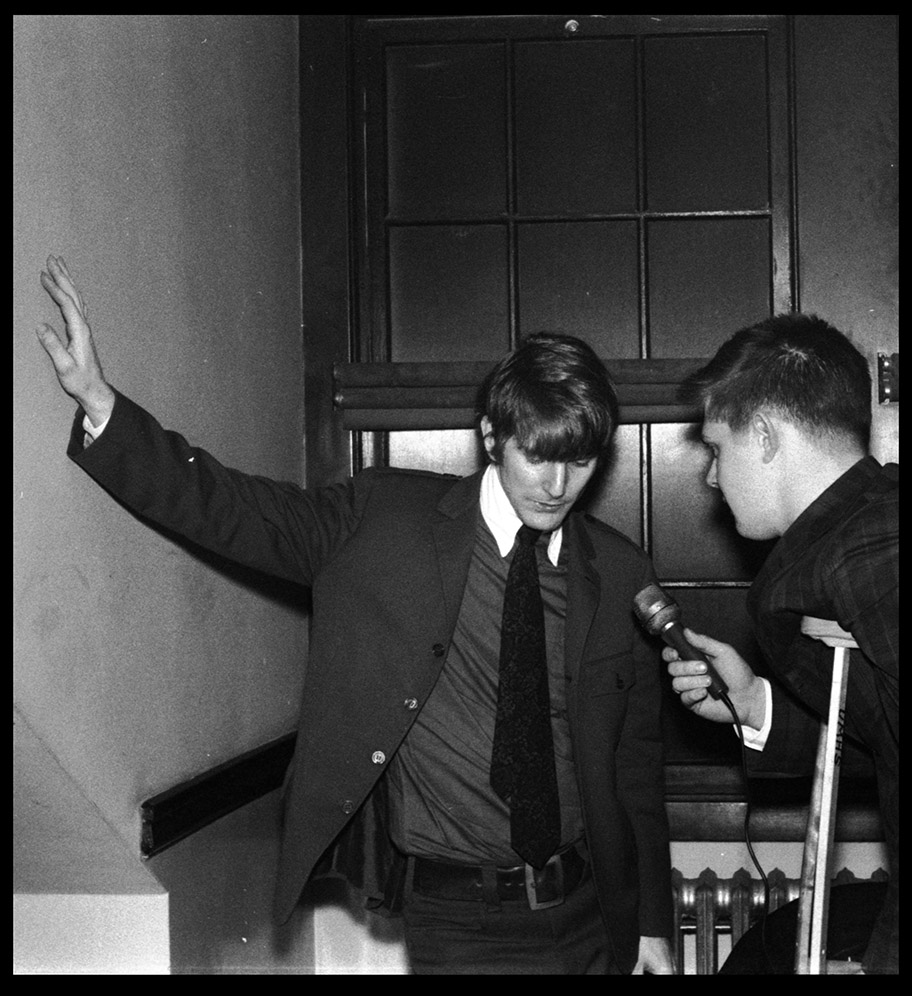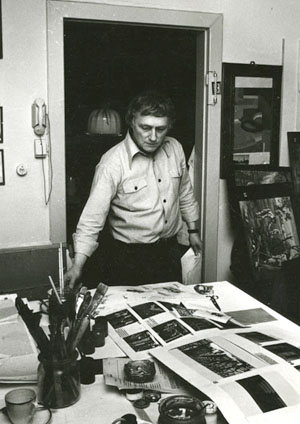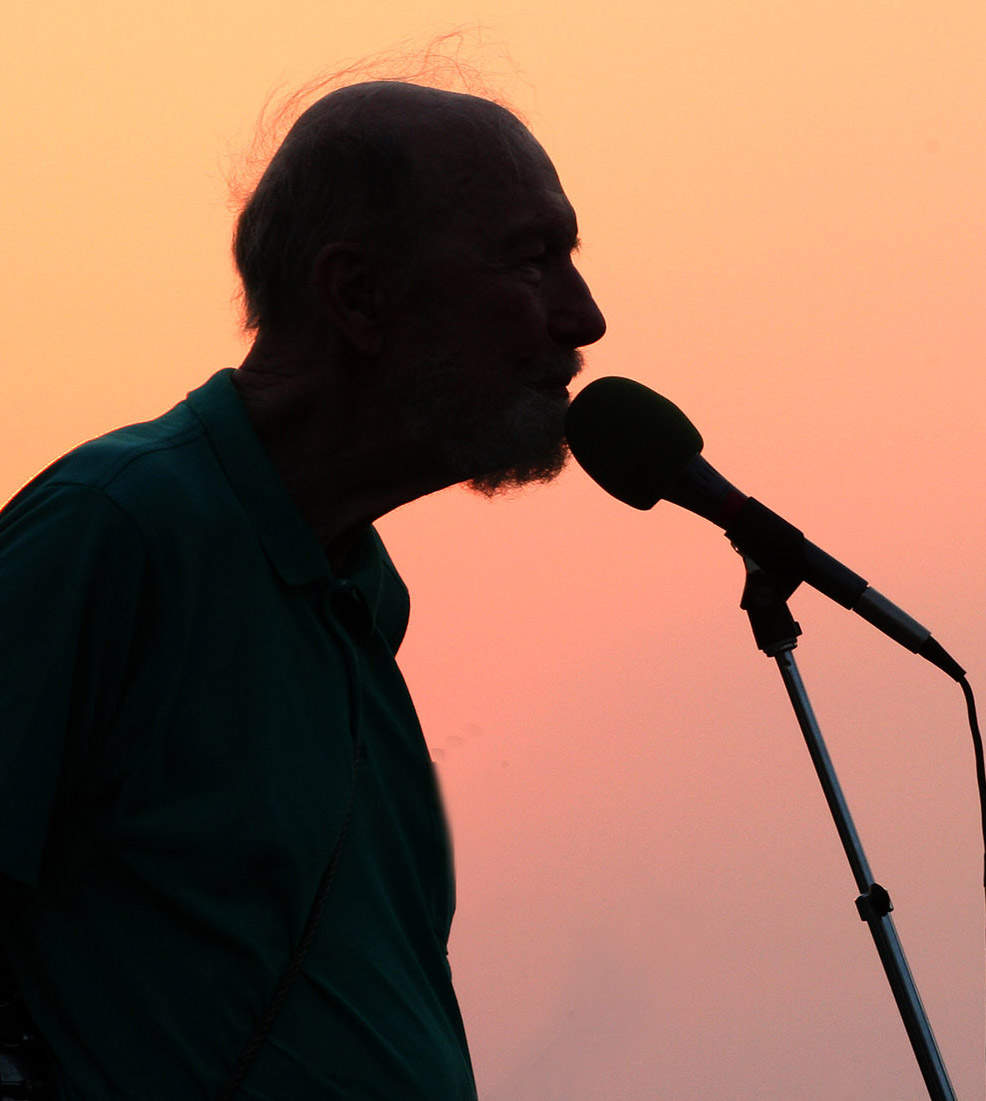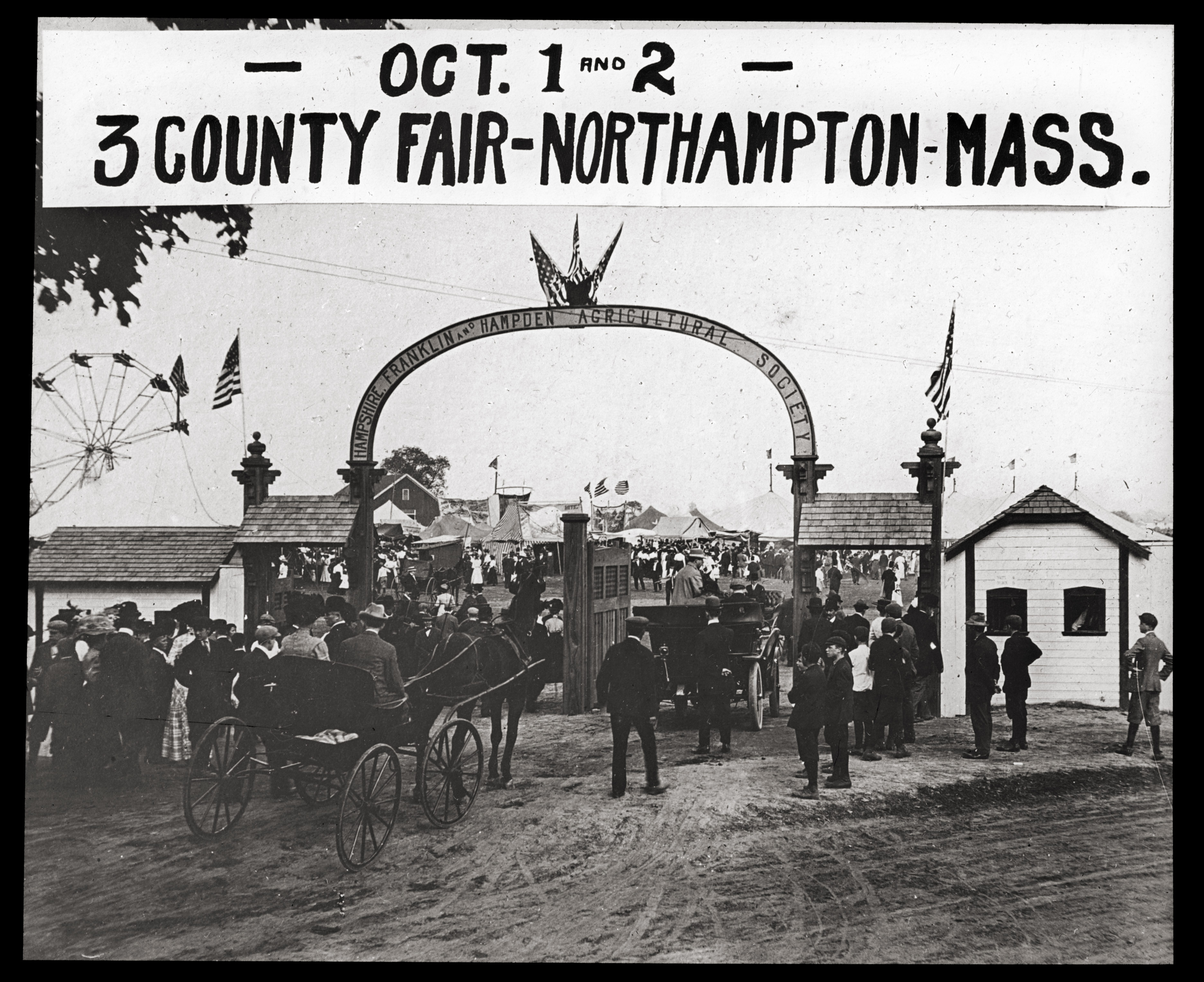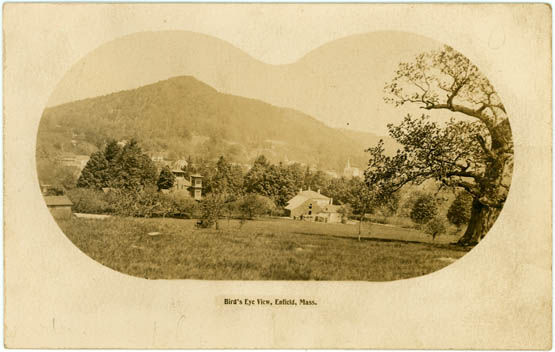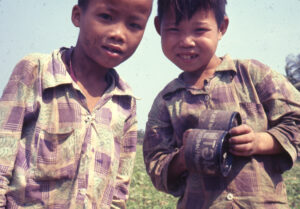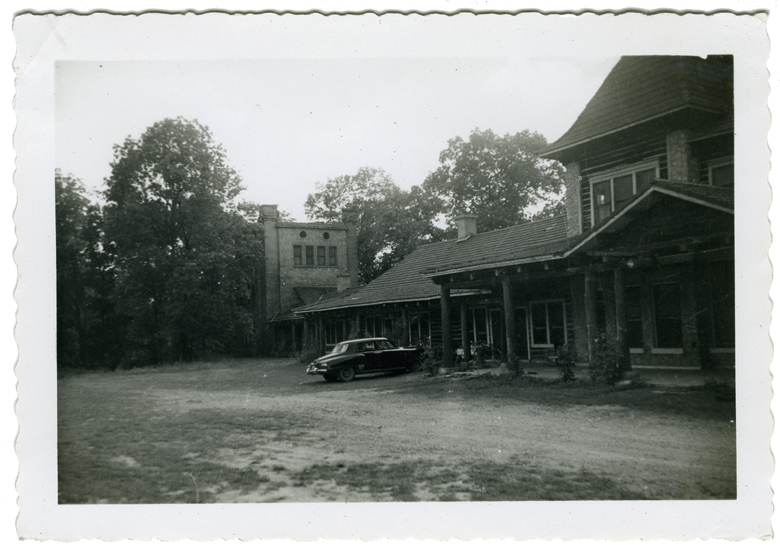Walter Mason Dickinson Papers
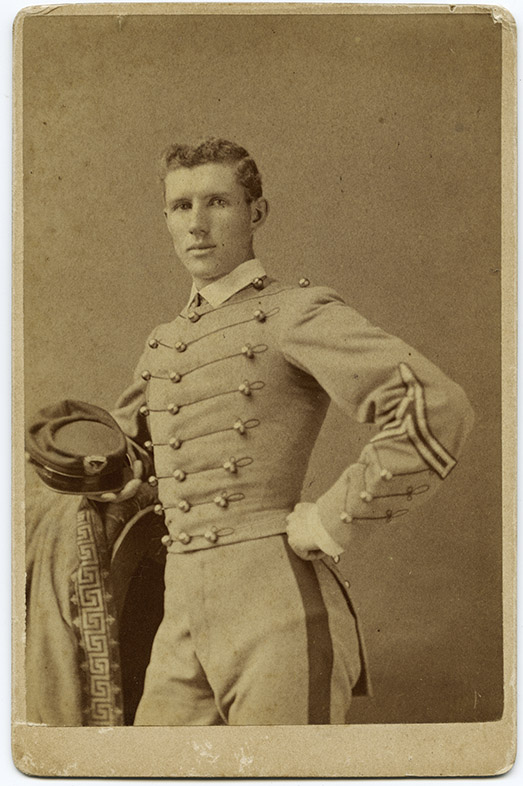
Originally a member of the Massachusetts Agricultural College Class of 1876, Walter Mason Dickinson left after his junior year to enter the U.S. Military Academy at West Point. During his military career, Dickinson saw service in the southwest and as a military instructor at MAC (1891-1896). As a Captain and Quartermaster in the 17th Infantry, he was called to active duty during the Spanish-American War and was killed in action at the Battle of El Caney. He was the first man associated with MAC to die in military service.
This small collection of photographs and letters centers on the death and family of Walter M. Dickinson, the first person associated with Massachusetts Agricultural College to die in combat. In addition to two of the last letters he wrote as he was heading off to war in Cuba, the collection contains three formal portraits of Dickinson at different points in his military career, images of his wife and family, and two images of the scene of his death at El Caney and one of his temporary grave.


